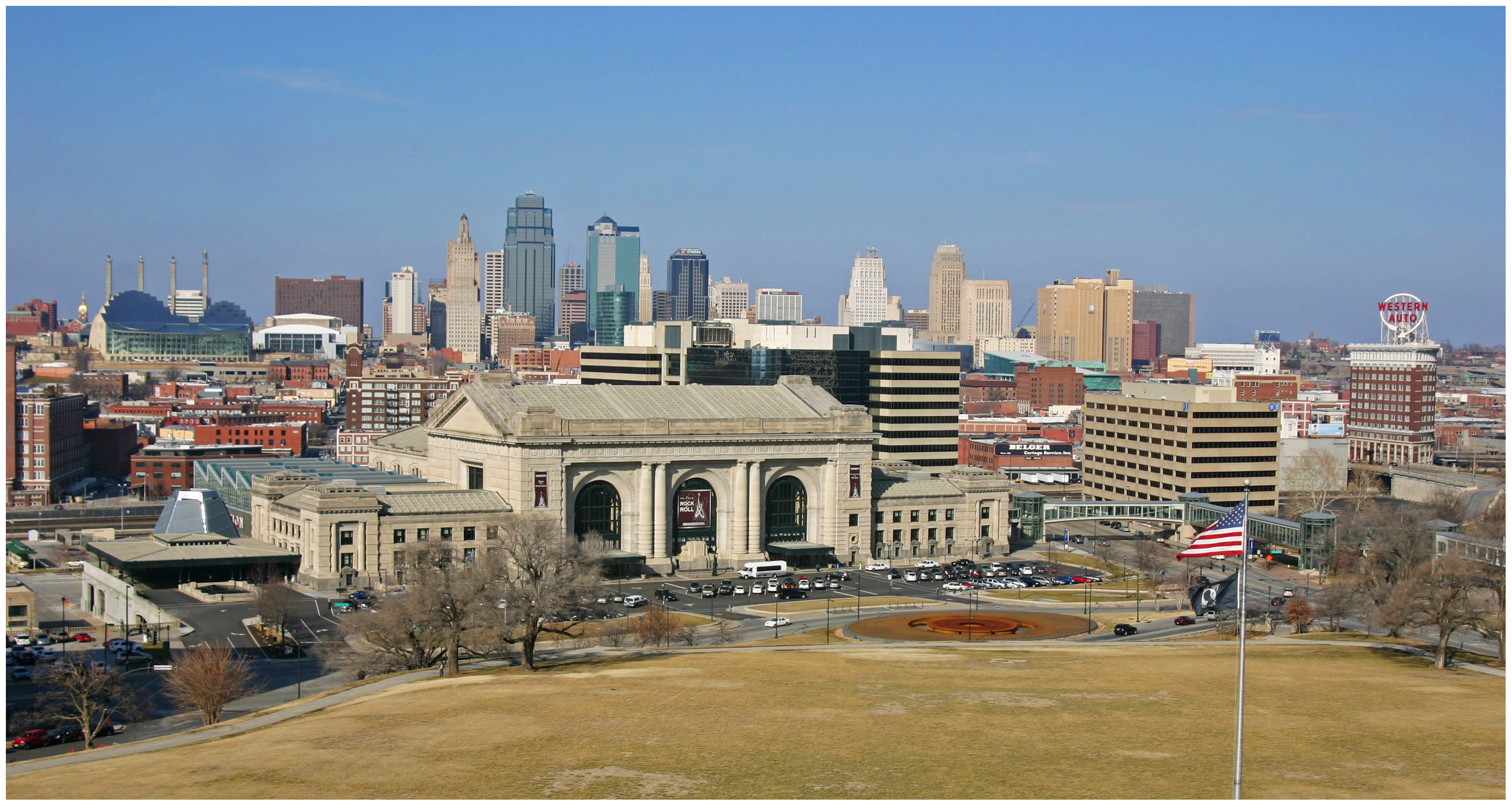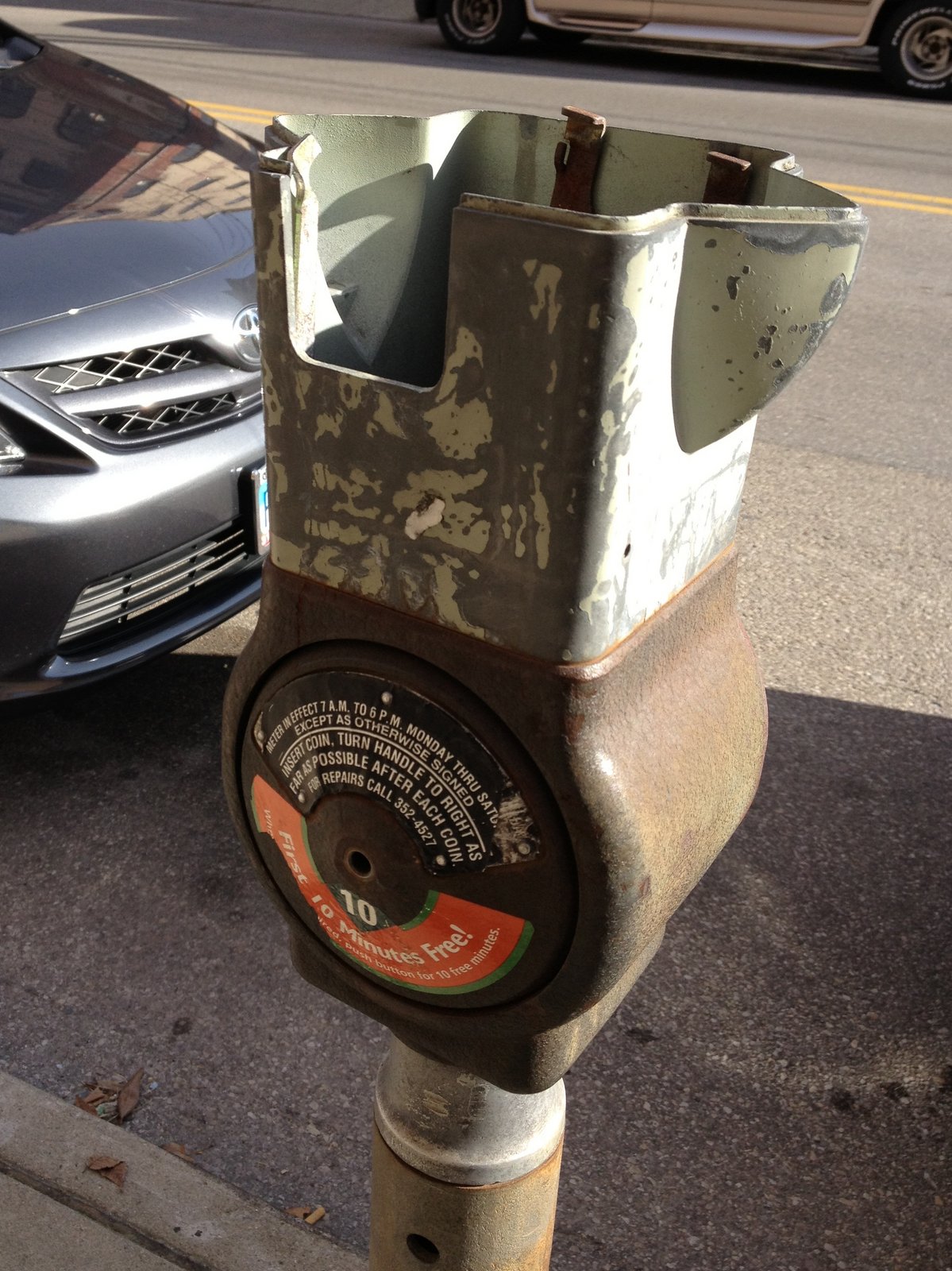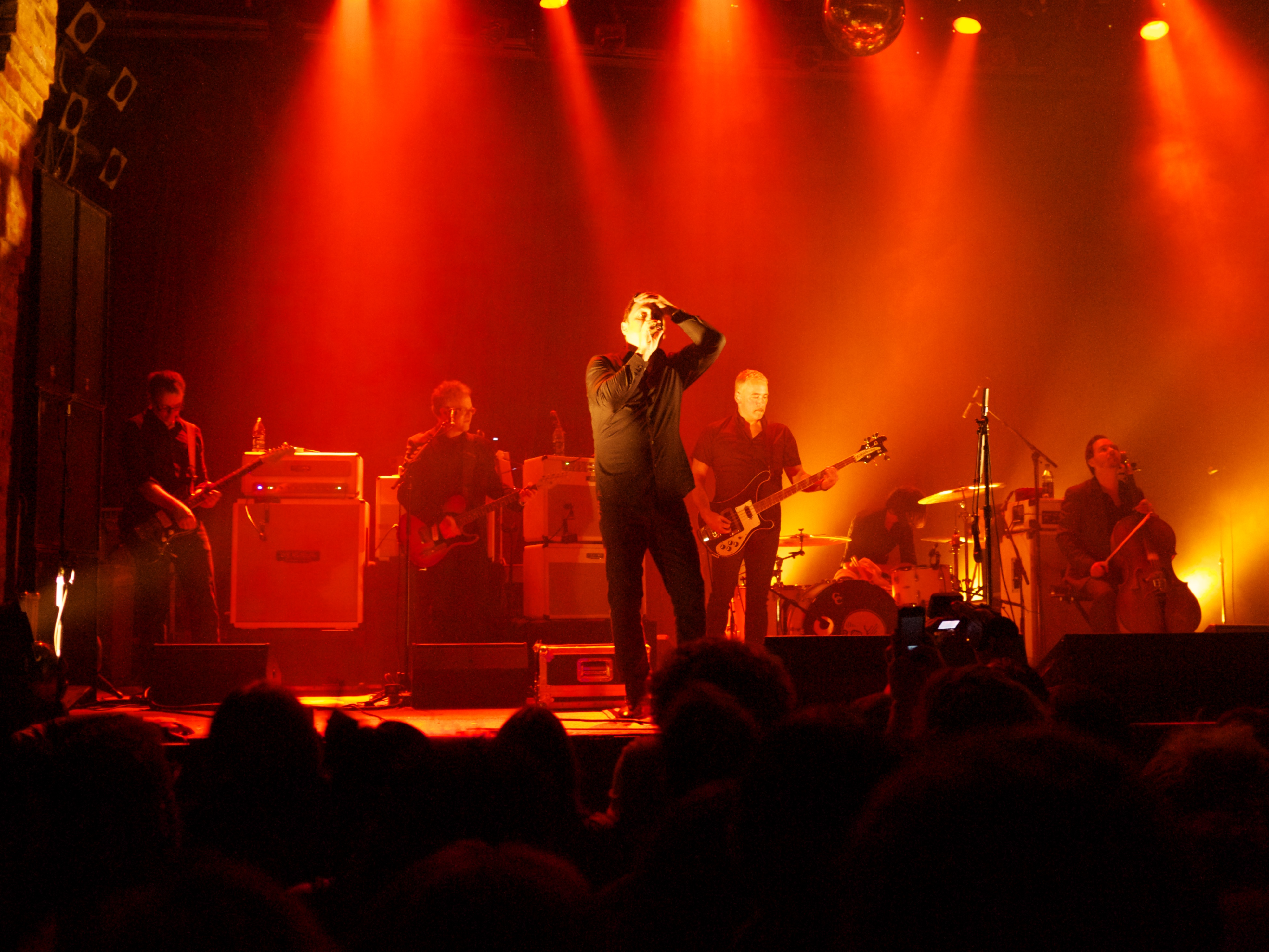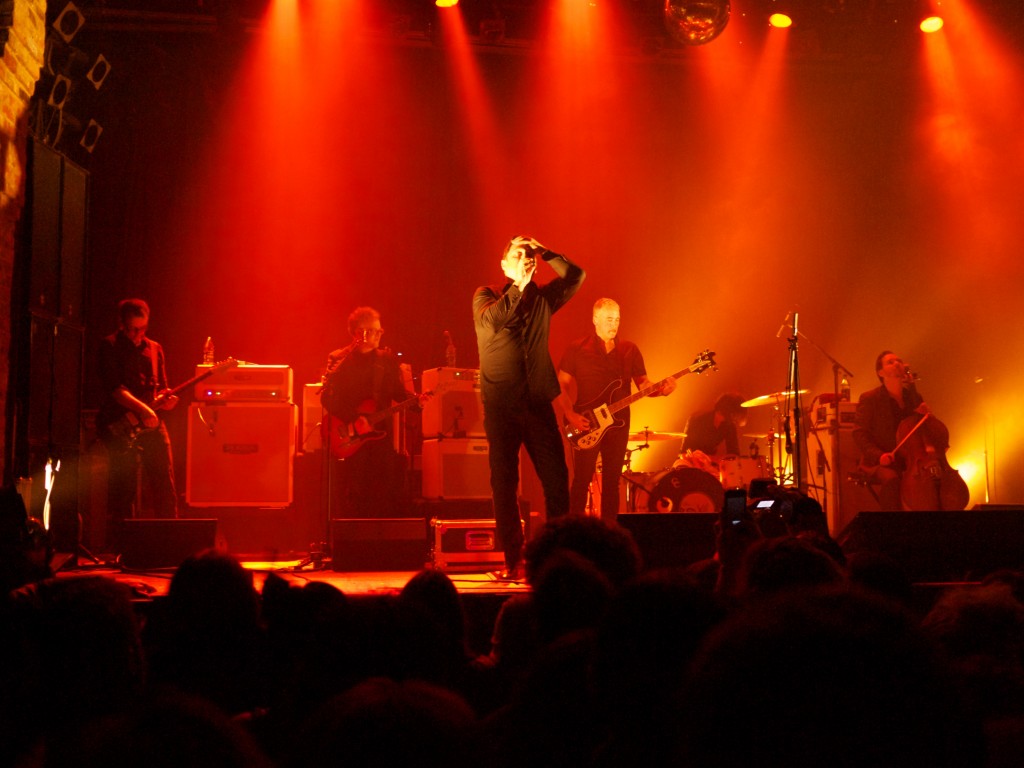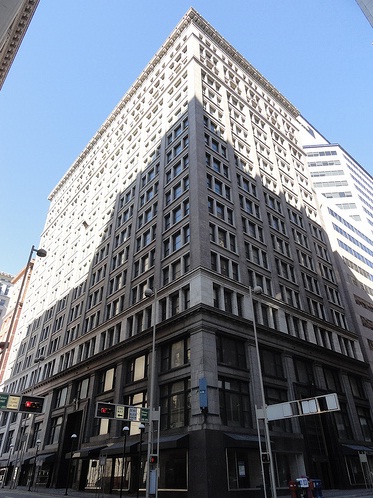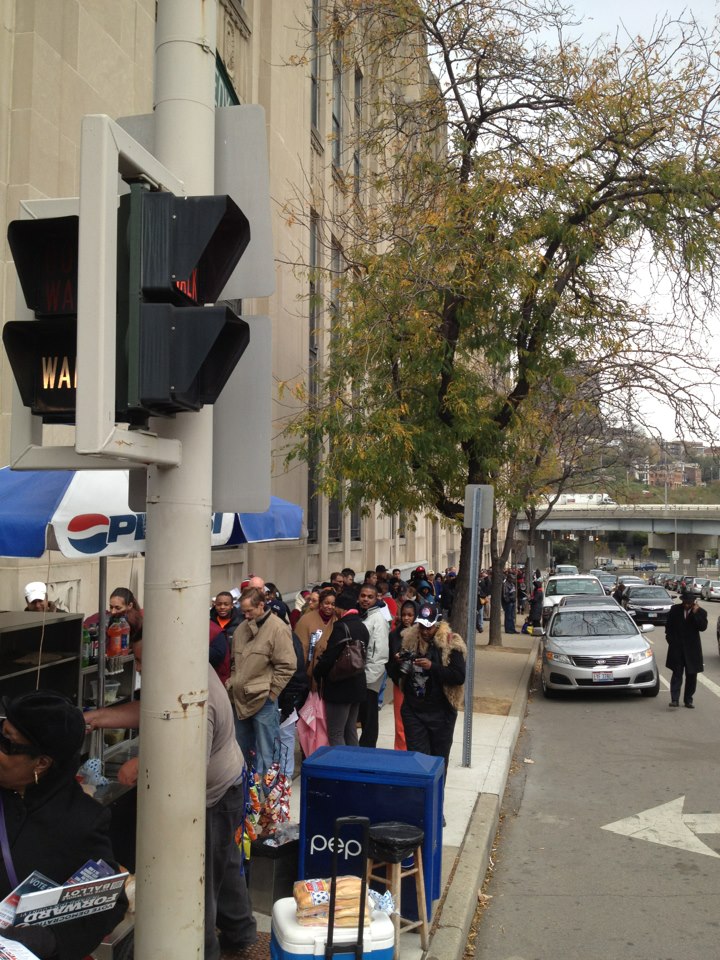I visited Kansas City February 6-10 for the New Partners for Smart Growth Conference, where the people behind Streetsblog were kind enough to invite a number of urbanist bloggers out to the event.
The intent was to conduct a training session about how advocacy journalists and bloggers can better reach and influence policymakers, and how those websites can better reach non-white and lower income individuals – two demographics bloggers traditionally struggle to reach. To that end, I was asked to present on the things that UrbanCincy has been doing in Cincinnati, and how younger bloggers might be able to learn from our experiences in the Queen City.
It was a great opportunity, and we’ll be doing more of these gatherings in the future…hopefully hosting one in Cincinnati in the not-so-distant future.
When not collaborating with these writers and new media types, or attending the conference, I spent my time wandering about Kansas City’s urban core. I stayed in the central business district, but also checked out the Crossroads Arts District, Westside North, Central Industrial District, West Bottoms, River District, Crown Center, Hospital Hill, Westwood, Paseo West, and the 18th & Vine Jazz District.
Perhaps the largest takeaway for me was the surprising amount of industrial architecture and infrastructure in the city. I guess I should have known better since Kansas City was always a prominent industrial center and transfer point for much of the Midwest, but it was an impressive surprise nevertheless.
I think I walked 11 miles on Sunday alone, in overpowering wind at that. But the discomfort was worth it for all I was able to see, but I hope to return to check out Midtown and Country Club Plaza at the very least, and to get some more of that amazing barbecue at Oklahoma Joe’s.
If Photobucket wasn’t so lousy, you could have just viewed them in slideshow form within this post. Instead, please view all 82 of my photographs from Kansas City here.
